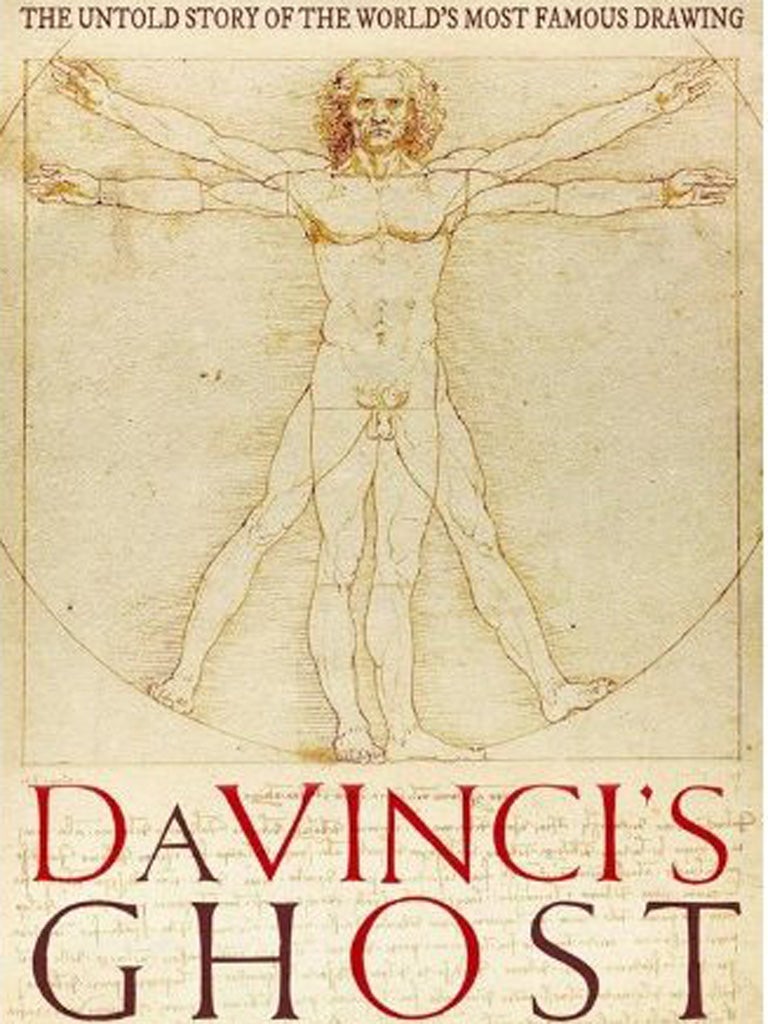
Your support helps us to tell the story
From reproductive rights to climate change to Big Tech, The Independent is on the ground when the story is developing. Whether it's investigating the financials of Elon Musk's pro-Trump PAC or producing our latest documentary, 'The A Word', which shines a light on the American women fighting for reproductive rights, we know how important it is to parse out the facts from the messaging.
At such a critical moment in US history, we need reporters on the ground. Your donation allows us to keep sending journalists to speak to both sides of the story.
The Independent is trusted by Americans across the entire political spectrum. And unlike many other quality news outlets, we choose not to lock Americans out of our reporting and analysis with paywalls. We believe quality journalism should be available to everyone, paid for by those who can afford it.
Your support makes all the difference.Surely not another book about Leonardo! Can there really be space for it? Yes, because this one is more than the description of a great drawing, the so-called "Vitruvian Man", executed in 1490. It demonstrates, with skill and lightly worn erudition, how Leonardo, aged 38, came to make his drawing of the naked human body of a spread-eagled, mature young man (which may be a rare self-portrait of the artist) set within a circle and a square.
The drawing itself had not been widely seen until, as Lester reminds us, Kenneth Clark included an illustration of it in his classic study The Nude, published as recently as 1956. As ever with Leonardo, those who seek to profit by him tend to reach for the hyberboles without batting an eyelid because they know that we are too complacent to expect any different. Leonardo happens to be within spitting distance of the godhead, doesn't he?
So what exactly have we here? This book is most of all a very well written and lucidly argued piece of intellectual synthesis. Beginning with the Greeks, and then whisking us through the stories of Augustus Caesar, Vitruvius, the Romans and such medieval mystics as that celebrated visionary Hildegard of Bingen, Lester brings us to the point where Leonardo sets pen to paper.
What we learn most emphatically is that Leonardo was at the culminating point of a great tradition of human engagement with everything this image means. There are a huge number of early precedents for it, so many distant or less distant approximations and dry-runs. The drawing is building on so much thought and speculation, accurate and inaccurate, about the relationship between man and the cosmos, the microcosm and the macrocosm.
This is a story that describes the pursuit of the idea of the body as a model or an analogue of the world. It is the story of the transmission of architectural principles, and its relationship to cosmology and the evolution of religious and scientific thinking. But just as interesting as these chapters of intellectual overview are the biographical passages about Leonardo himself, and how he fits into the story of the creation of those two great cultural and mercantile rivals: Milan and Florence.
Join our commenting forum
Join thought-provoking conversations, follow other Independent readers and see their replies
Comments